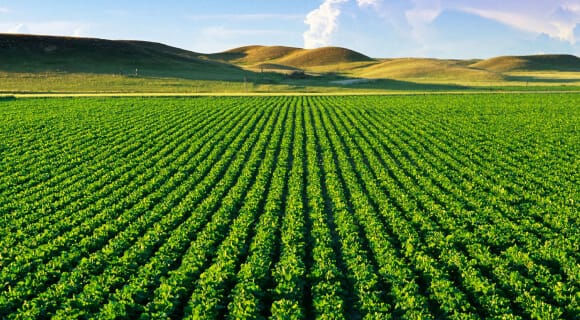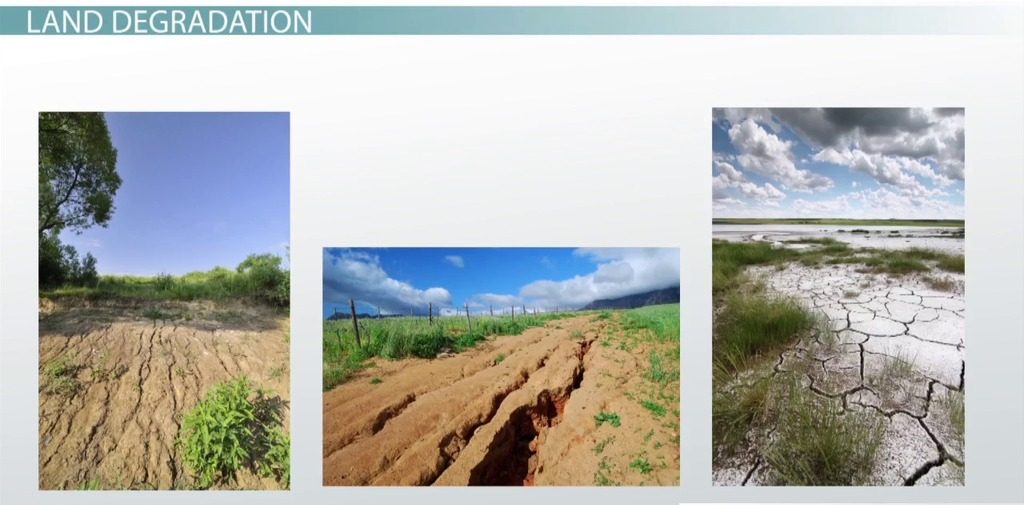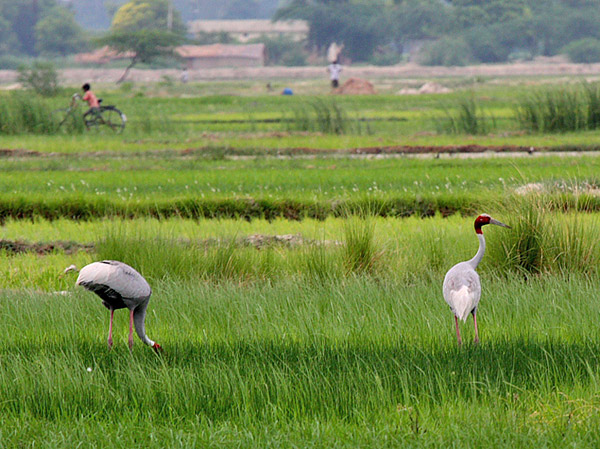Introduction:
Urbanization, the process of population concentration in cities and towns, has been a defining trend of the 21st century. As more people move from rural areas to urban centers in search of better opportunities, our cities expand, infrastructure grows, and the landscape changes. While urbanization brings various benefits, such as improved living standards and access to services, it also has significant implications for agricultural land.
In this blog post, we will explore the impact of urbanization on agricultural land, its consequences for food production, and potential solutions to mitigate these effects. Let’s dive into this complex issue and understand why it matters for the future of our planet.
The Shifting Landscape:
One of the most noticeable effects of urbanization is the transformation of the landscape. Once-green fields and fertile lands are converted into concrete jungles, roads, and residential areas. This conversion often leads to the loss of valuable agricultural land.
As cities grow, they expand outward, encroaching on nearby farmlands. Land that was once used for crop cultivation or grazing is now earmarked for housing, commercial spaces, or industrial zones. This not only reduces the overall availability of agricultural land but also disrupts local ecosystems and water systems.
Challenges Faced by Farmers:
Farmers, the backbone of our food production system, bear the brunt of urbanization’s impact on agricultural land. Here are some of the key challenges they face:
Land Acquisition: Farmers are often forced to sell their land to developers at prices that may not reflect its true agricultural value. This can lead to the displacement of farming communities and a loss of generational knowledge.
Fragmentation: As urban areas expand, farmland becomes fragmented, making it difficult for farmers to efficiently manage their operations. Smaller plots may not be economically viable for certain types of agriculture.
Increased Costs: The proximity of urban areas can drive up the cost of inputs such as labor, water, and fertilizers. High land prices also make it challenging for new farmers to enter the industry.
Pollution and Quality of Life: Urbanization often brings increased pollution levels and disruption of rural life. This can affect the health and well-being of farmers and their families.
Water Scarcity: Urban development consumes substantial amounts of water, putting pressure on local water sources. This can lead to reduced water availability for irrigation, affecting crop yields.
Food Security Concerns:
The loss of agricultural land due to urbanization raises concerns about food security. With a growing global population, we need to produce more food than ever before. However, the conversion of fertile land into urban areas reduces the capacity for food production.
In many cases, urban areas rely on distant regions or even other countries to meet their food demands, leading to long supply chains and potential vulnerabilities. Climate change further exacerbates these challenges, making it essential to protect and sustain our agricultural resources.
Sustainable Urban Planning:
While urbanization poses significant challenges to agricultural land, it is not an insurmountable problem. Sustainable urban planning and land use policies can help strike a balance between urban development and agriculture. Here are some strategies to consider:
Zoning Regulations: Implement zoning regulations that prioritize the protection of agricultural land. Designate areas for urban development while preserving agricultural zones.
Land Trusts: Establish land trusts or conservation easements to protect farmland from development. These measures can ensure that agricultural land remains in the hands of farmers.
Urban Agriculture: Encourage urban agriculture initiatives such as community gardens, rooftop gardens, and vertical farming. These practices can supplement food production within cities.
Mixed-Use Development: Promote mixed-use development that combines residential, commercial, and agricultural spaces. This can help create self-sustaining communities.
Smart Growth: Embrace smart growth principles that prioritize efficient land use, public transportation, and green spaces within urban areas.
Incentives for Farmers: Provide incentives to farmers who adopt sustainable farming practices and contribute to local food security.
Conclusion:
The impact of urbanization on agricultural land is a complex and multifaceted issue. While urbanization brings undeniable benefits, it also poses significant challenges to the preservation of valuable farmland and food security. It is crucial that we strike a balance between urban development and agricultural sustainability through thoughtful policies and practices.
As we move forward, it is essential for governments, urban planners, and communities to work together to ensure that urbanization does not come at the cost of our agricultural heritage. By implementing sustainable solutions and safeguarding our farmlands, we can pave the way for a more resilient and food-secure future.






